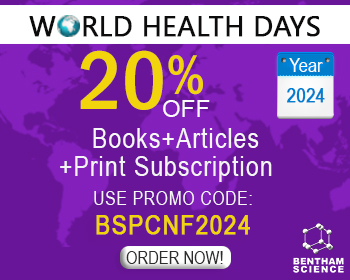Abstract
The term “epigenetics” refers to modifications in gene expression caused by heritable, but potentially reversible, changes in DNA methylation and chromatin structure. Given the fact that epigenetic modifications occur early in carcinogenesis and represent potentially initiating events in cancer development, they have been identified as promising new targets for prevention strategies. The present review will give a comprehensive overview of the current literature on chemopreventive agents and their influence on major epigenetic mechanisms, that is DNA methylation, histone acetylation and methylation, and microRNAs, both in vitro and in rodent and human studies, taking into consideration specific mechanisms of action, target sites, concentrations, methods used for analysis, and outcome. Chemopreventive agents with reported mechanisms targeting the epigenome include micronutrients (folate, selenium, retinoic acid, Vit. E), butyrate, polyphenols (from green tea, apples, coffee, and other dietary sources), genistein and soy isoflavones, parthenolide, curcumin, ellagitannin, indol-3-carbinol (I3C) and diindolylmethane (DIM), mahanine, nordihydroguaiaretic acid (NDGA), lycopene, sulfur-containing compounds from Allium and cruciferous vegetables (sulforaphane, phenylethyl isothiocyanate (PEITC), phenylhexyl isothiocyanate (PHI), diallyldisulfide (DADS), allyl mercaptan (AM)), antibiotics (mithramycin A, apicidin), pharmacological agents (celecoxib, DFMO, 5-aza-2-deoxycytidine and zebularine), compounds affecting sirtuin activity (resveratrol, dihydrocoumarin, cambinol), inhibitors of histone acetyl transferases (anacardic acid, garcinol, ursodeoxycholic acid), and relatively unexplored modulators of histone lysine methylation (chaetocin, polyamine analogues, n-3 polyunsaturated fatty acids). Their effects on global DNA methylation, tumor suppressor genes silenced by promoter methylation, histone modifications, and miRNAs deregulated during carcinogenesis have potential impact on multiple mechanisms relevant for chemoprevention, including signal transduction mediated by nuclear receptors and transcription factors such as NF-κB, cell cycle progression, cellular differentiation, apoptosis induction, senescence and others. In vivo studies that demonstrate the functional relevance of epigenetic mechanisms for chemopreventive efficacy are still limited. Future research will need to identify best strategies for chemopreventive intervention, taking into account the importance of epigenetic mechanisms for gene regulation.
Keywords: chemoprevention, apoptosis, chromatin modifications, DNA methylation, DNA methyltransferase (DNMT), epigenetic, Histone acetyl transferse (HAT), hypermethylation, hypomethylation, polyphenols, sirtuins, differentiation, Histone deacetylase (HDAC), histone methylation, chemopreventive agents, epigenomic

























